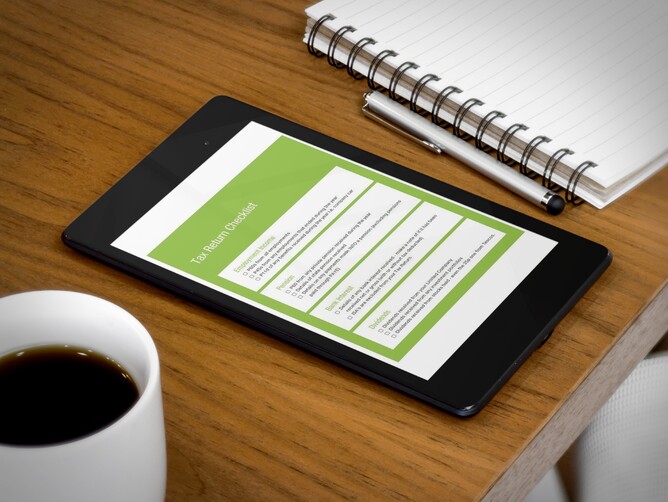Common Payroll Issues
Every business requires efficient payroll functions as malfunctions in it will only create havoc and misunderstanding in the workplace. Small business still have a manual pay roll system while big business invest in software packages that run their payroll automatically.
Whether it is manual or automated, there are hitches in the whole payroll function that is sometimes quite challenging and complicated and also you need to remember that even if you are using top of the line payroll software’s, common payroll problems still exist that need to be fixed.
Payroll can be biggest expense for a company, however, it’s complicated and error-prone. This lesson reviews the most common issues in payroll and explains how they can affect an employee’s pay.
Payroll Defined
While getting paid may seem straightforward, in reality, it’s complex and requires great attention to detail. Payroll may be defined as the list of employees a company provides wages to. Although, it may also be defined as the total sum of wages a company pays to its employees. In either case, when people talk about processing payroll, they are referring to calculating the payments for employees.
Payroll Issues
Since employee payments is often the biggest expense for a companies, processing payroll needs to be done with pinpoint accuracy. Even the smallest mistakes can be costly and take time to fix. In this lesson, we’ll go over the most common payroll issues and explain how each one can impact employee pay.
Processing Incorrect Information
One of the most common payroll issues involves processing inaccurate information. This can result in paying an employee the wrong amount. While we personally won’t complain about being paid a little extra, this is actually not good for the company as a whole because it results in financial losses that negatively affect the company’s bottom line. On the flip side, if employees are paid less than what they should be, it can cause employee dissatisfaction. Correcting these errors sometimes requires a lot rework and time.
Late Payments
Employees need to be paid on time. Period. When payroll is processed late it causes delays in employees getting paid. As you can imagine, this can be frustrating and as a result, could dampen morale and productivity.
Misclassifying Employees
There are many types of workers, including full-time employees, part-time employees, and independent contractors. Getting these classifications right is very important as they each have different tax requirements and are reported to the regulatory tax agency differently. If a full-time employee is misclassified as a contractor, for example, that employee may be denied certain company benefits, such as overtime, vacation pay, or company sponsored pension.
Regulatory Changes
There are a number of laws and regulations that affect how payroll must be processed. For instance, companies may need to follow certain tax, payment schedule, and record keeping requirements. When they fail to keep abreast about changing regulations, they risk not only noncompliance with the regulatory tax agency (which is serious), but they will also risk underpaying or overpaying the employees. As an example, say a law came into effect that cuts income tax by 5% for everyone. If the payroll team is not aware, employees will see no changes in their next paycheck even though the final amount should be higher.
Tracking Overtime
Another common issue in payroll is not accurately reporting or calculating overtime. Firstly, there are laws that usually require companies to pay its employees premium wages for overtime. Specific laws depend on where you live, how overtime is defined, and what the premium wages are (time-and-a-half, double-time, etc.). For instance, say an employee worked a total of 10 hours in overtime. This means that he may get paid 1.5 times his normal wage for the first 5 hours, and then get paid 2 times his normal wage for the next 5 hours. As you can see, it’s not easy! This leads us to the second problem, which is when overtime hours are not tracked and reported accurately. This results in employees either being underpaid or overpaid.

Managing absence:
Tracking an employee’s absence and sick leave is quite a challenging and ardent task. It is very important for employer to manage the resource wherever needed in case of long term or short term absence of employees.
This directly impacts the productivity and profits of the company or organization. Hence, it is advisable to have tracking system like punching system for example individual employee cards or finger prints of employees that stores information of the employees.
The most reliable is the latter one as no one except the employee will have to register their presence or absence for the day!

Avoiding errors and fraud:
Most of the employees are paid through their bank accounts. Hence, an error could cost the company dearly.
The payroll software needs to be linked with the banks that are operating or functioning appropriately.
In case the employee does not have account then advice the employee to open an account in bank that company has transactions regularly and it will help to transfer on timely manner. Also it will avoid gaps in the system.

Not withholding and paying taxes
I didn’t withhold payroll taxes for my first few employees. I didn’t have the knowledge to do it, nor did I have a system set up to do it for me. I would write checks, hand them out to my employees, and that was it. I was essentially paying my employees under the table.
That quickly changed when the father of one of my workers wanted to see his son’s pay stub. Well, there wasn’t a pay stub to show. I didn’t need to give employees a log of their pay and deductions because I wasn’t withholding payroll taxes.
When you pay employees, you must withhold, file, and remit taxes—it’s serious if you don’t. If you don’t pay payroll taxes, you may face IRS payroll tax penalties, criminal penalties, and imprisonment. The IRS can shut your business down.
Since my early days as an employer, I have learned a lot about running payroll. I fixed my early mistakes and found a way to run payroll legally. My early days even inspired me to found Patriot Software, which provides payroll software for small businesses.
Even though payroll taxes can be difficult to understand, entrepreneurs must find a way to handle them and avoid common payroll problems. The consequences are too great to ignore the taxes.
Classifying workers improperly
Some workers are independent contractors while others are employees. Mixing up the two types of workers can be a costly mistake.
You don’t have to pay a contractor minimum wage or overtime wages. Also, you don’t withhold employment taxes from their wages. If you misclassify an employee as a contractor, they might miss out on wages and governments miss out on tax revenues.
If you do misclassify a worker, you will have to pay both the employee and employer’s share of taxes, plus penalties and interest. You might also owe back wages to the employee.
How can you know if a worker is an independent contractor or an employee? The U.S. Department of Labor recommends using the six-part economic realities test.
If you aren’t sure how to classify a worker, you can file Form SS-8 to avoid misclassification payroll issues. When you file this form, you request an IRS determination of the worker’s status.
